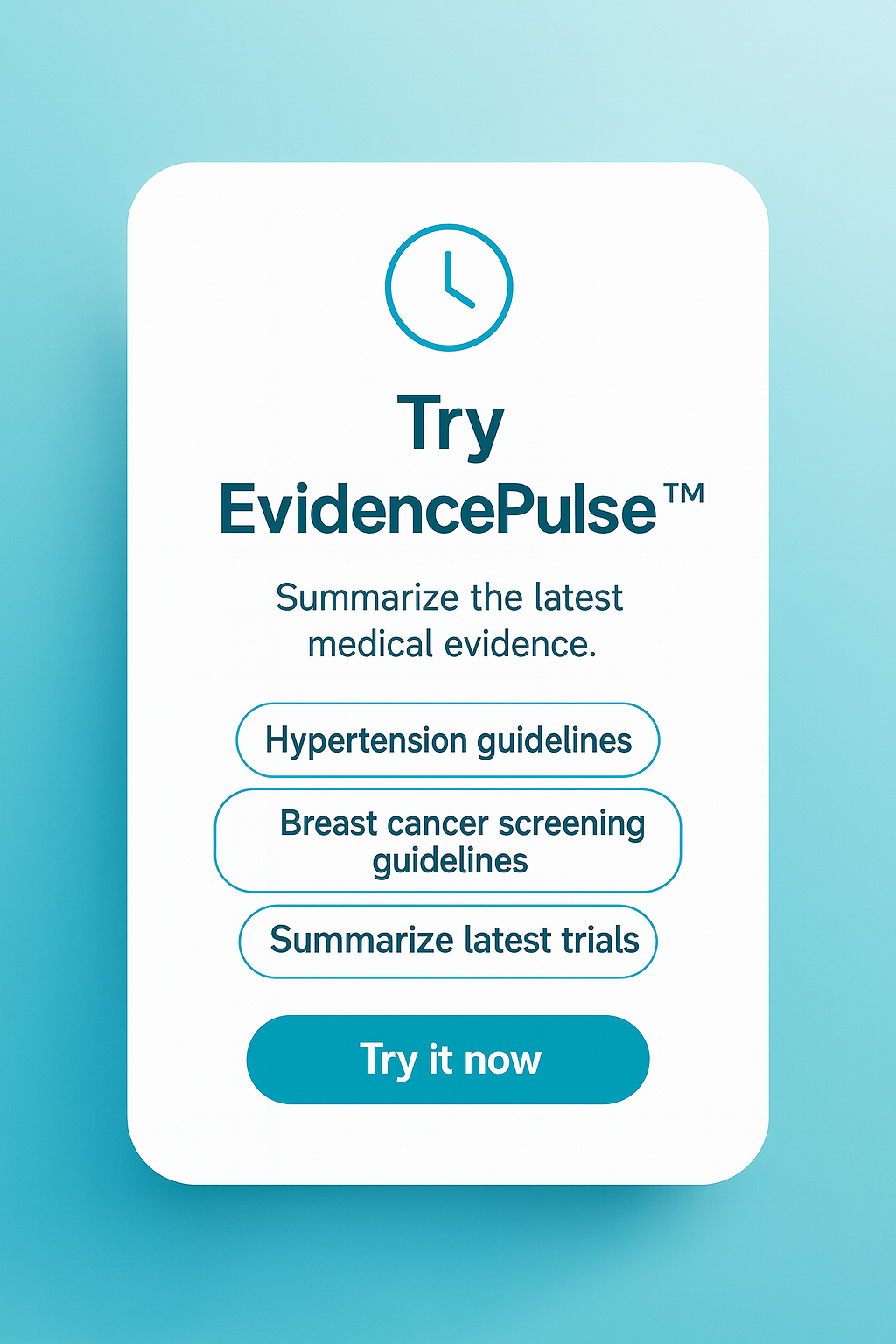Roadway design may decrease risk of child pedestrian collisions
Image: PD
1. More children walking to school was not linked to increased child pedestrian collisions, after considering the “built environment”. The “built environment” is defined as the space in which people live and work on a daily basis.
2. Roadway design variables, including higher traffic light density, school crossing guards, traffic calming, and one way streets, were associated with higher child pedestrian collision rates.
Evidence Rating Level: 2 (Good)
Study Rundown: Road traffic fatalities, many of which are pedestrian collisions, are the leading cause of death in children in developed nations. Children spend a significant amount of time as pedestrians while traveling to school. This study examined the link between collision risk and the proportion of children walking to school in the context of the “built environment”, the space in which people live and work on a daily basis. Results indicate that increased proportion of children walking to school was not significantly associated with child pedestrian collisions. Rather, factors of the “built environment” implying increased street crossings, such as higher density of traffic lights and presence of school crossing guards, were associated with increased collisions. One limitation of this study is that walking exposure was measured only during travel to school, while child pedestrian collisions also include non-school travel. This study suggests that modifying roadway design to decrease street crossings for children may decrease child pedestrian collisions.
Click to read the study published today in Pediatrics
Relevant Reading: A review of evidence-based traffic engineering measures designed to reduce pedestrian-motor vehicle crashes
Study Author, Dr. Andrew Howard, MD, MSC, FRCSC, talks to 2 Minute Medicine: The Hospital for Sick Children (SickKids), Senior Scientist in Child Health Evaluative Sciences, University of Toronto, Toronto, Canada.
“Promoting walking to school creates a paradox. On one hand walking to school may be the easiest and most important route to the lifelong health benefits of regular modest exercise, but on the other hand road traffic injury is the leading single cause of death for school aged children in many countries. This paper shows that increasing the proportion of children walking to school will not necessarily increase the pedestrian injury rate, provided the urban environment (population density, road crossings) is suitably designed. This is important information for anyone interested in health promotion, injury prevention, or their intersection.”
In-Depth [cross-sectional study]: This study used pedestrian collision data from 2002 to 2011 for children ages 4 to 12 from the Toronto Police Service. Exposure was evaluated through direct observation of the proportion of children who walked to school. Data about the “built environment”, including population density, diversity of land use, and roadway design, were included as potential covariates. The mean proportion of children walking to school was 67.0% and the mean collision rate was 7.4/10,000 per year. Though increased proportion of children walking was associated with significantly higher pedestrian collision rates in unadjusted analysis, this significance disappeared when adjusted for the built environment. Roadway design variables, including higher density of traffic lights (incident rate ratio [IRR] = 3.20; 95% CI 1.89-5.41; p<0.0001), school crossing guards (IRR=1.45; 95% CI 1.09-1.91; p=0.010), traffic calming (IRR 1.31; 95% CI 1.06-1.63; p=0.014), and one way streets (IRR=1.19; CI 1.03-1.36; p=0.015) were all associated with higher collision rates. Lower school socioeconomic status was also associated with higher collision rates (IRR 1.39; 95% CI 1.39-3.99; p=0.001). Conversely, higher multifamily dwelling density was associated with lower collision rates (IRR 0.84; 95% CI = 0.73-0.96; p=0.009).
©2012-2014 2minutemedicine.com. All rights reserved. No works may be reproduced without expressed written consent from 2minutemedicine.com. Disclaimer: We present factual information directly from peer reviewed medical journals. No post should be construed as medical advice and is not intended as such by the authors, editors, staff or by 2minutemedicine.com. PLEASE SEE A HEALTHCARE PROVIDER IN YOUR AREA IF YOU SEEK MEDICAL ADVICE OF ANY SORT.









